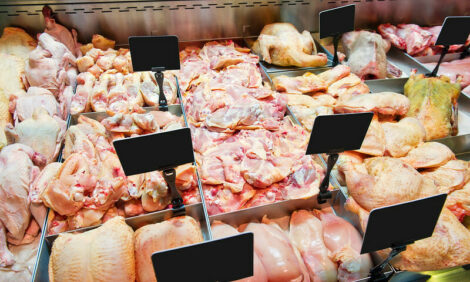



US dairy margins poised to be best in a decade
Feed margins see considerable improvementA window has opened for dairy farmers to consider locking in some positive margins based on futures contracts, according to a recent market report from CoBank. Overall, 2024 should go in the books as a top-three milk price year. On the flip side, grain prices have been dropping steadily this summer to reach a five-year low – admittedly not good for crop farmers but an opportunity for livestock producers. In July, the margin above feed costs to produce milk moved to the best level since May 2022 at $12.33 per cwt. Forecasts for the remainder of the year show margins improving to nearly $16 per cwt., based on calculations from the Dairy Margin Coverage (DMC) program.
The positive movement in milk prices has been driven largely due to tighter supplies rather than stronger dairy demand. Milk supplies have gotten tight among the big three dairy product exporters – New Zealand, the EU, and the US Stateside milk production is on pace to be down for two straight years. If the trend plays out, this would be the first time
in over 50 years that milk production has declined for back-to-back years. That being noted, milk component production (butterfat and protein) continues to grow. While Highly Pathogenic Avian Influenza (HPAI) has caused concern in the US, cases have occurred in less than 1% of the US dairy herds. A more concerning health issue is taking place in Europe as bluetongue outbreaks have put downward pressure on milk with Germany, the Netherlands, and Belgium particularly hard hit.
Those are among the reasons that spot cheddar block prices moved to the highest levels in over two years at $2.20-plus per pound while spot cheddar barrels on the CME pushed to a record high climbing to over $2.60 per pound in mid-September. These lofty prices likely do not have staying power. However, they do show that the market is nervous about supplies as cheddar production has dropped by 7.7% YTD during the first seven months of 2024. Due to tightness in the milk supply, spot Class III milk prices in the Upper Midwest had moved to weekly highs not seen in over a decade.
Meanwhile, mozzarella production has grown by 4.3% this year due to a combination of both demand and profitability. Cheese makers can skim off butterfat when making the relatively lower fat cheese and sell it for butter production. That’s a profitable endeavour as domestic butter markets have remained strong with spot butter prices trading above $3 per pound May to mid-September (Exhibit 3). They have since dropped to the $2.60 range, with August butter production posting the highest-ever output for the month. In Europe, butter has approached $4 territory as markets enter the peak sales season.
While $22 to $23 per hundredweight milk would typically spur expansion, headwinds will prevent that from taking place. Beef-on-dairy calves are still fetching market highs and those values have placed a lid on replacement numbers. That has pushed replacement values to $2,120 based on USDA data and towards $3,000 at recent auctions compared to just $1,600 18 months ago. With dairy replacements at a 20-year low waiting to join the milking herd, dairy farmers have pulled way back on culling. In the past 52 weeks, dairy farmers have sent 445,000 fewer dairy cows to slaughter in a national herd of roughly 9.3 million head. Higher construction costs also have put a damper on construction of new dairies with costs being 30% to 40% higher than 2017. When compared to just a year ago, insulation, electrical, concrete, wood and steel are up 11% to 22%.
And finally, the latest news on Federal Milk Marketing Order (FMMO) modernization is that USDA received 127 comments on its Recommended Decision. The federal agency will release its Final Decision Nov. 12 and a dairy producer referendum on the package would take place in late December or early January.



